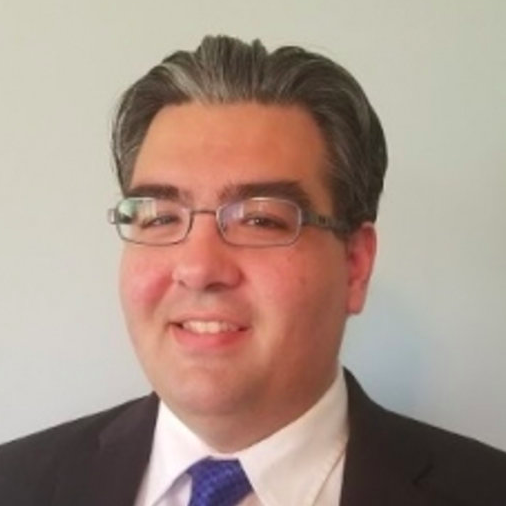
Dr. Michael Kavic, associate professor in the Chemistry and Physics Department, has received a grant of $189,233 from the National Science Foundation to research the burst of radio waves produced by the merger of two neutron stars. Through the use of a long wavelength array radio telescope, Kavic and his research partner will study the extreme conditions created in this explosion to test groundbreaking theories about the nature of space and time.
"The collision of neutron stars produces an energetic explosion that releases 200 million suns worth of energy, and in the process produces gold and platinum equal to the mass of several Earths,” said Kavic. "This grant will allow us the opportunity to better understand that first burst of low-frequency light from this type of explosion. Because of its dramatic nature, this type of event opens a new window on the fundamental nature of the universe."
By studying long wavelength radio waves emanating from space, Kavic and his colleagues are monitoring among the earliest signals available when neutrons stars collide in events termed a kilanova. This work builds on Kavic’s past research surrounding a kilanova found in 2017, where he was among researchers around the world witnessing the collision of two dead starts 130 million light years away.
Kavic, a resident of Manhasset, New York, has been at SUNY Old Westbury since 2018 and teaches such courses as Astronomy and the Structure of Physics. He previously taught at Long Island University and The College of New Jersey.
His work has appeared in several publications such as the "Astrophysical Journal," the "Journal of Cosmology and Astroparticle Physics," and the "Journal of High Energy Physics." Dr. Kavic earned his Ph.D. in Physics from Virginia Tech, his M.S. in Physics from the University of North Carolina and a B.S. in both Physics and Astrophysics from the University of Minnesota.
The National Science Foundation funds research and education in many fields of science and engineering through grants and cooperative agreements with more than 2,000 colleges, universities, K-12 school systems, businesses, informal science organizations and other research organizations throughout the United States. The foundation accounts for about one-fourth of federal support to academic institutions for basic research.

